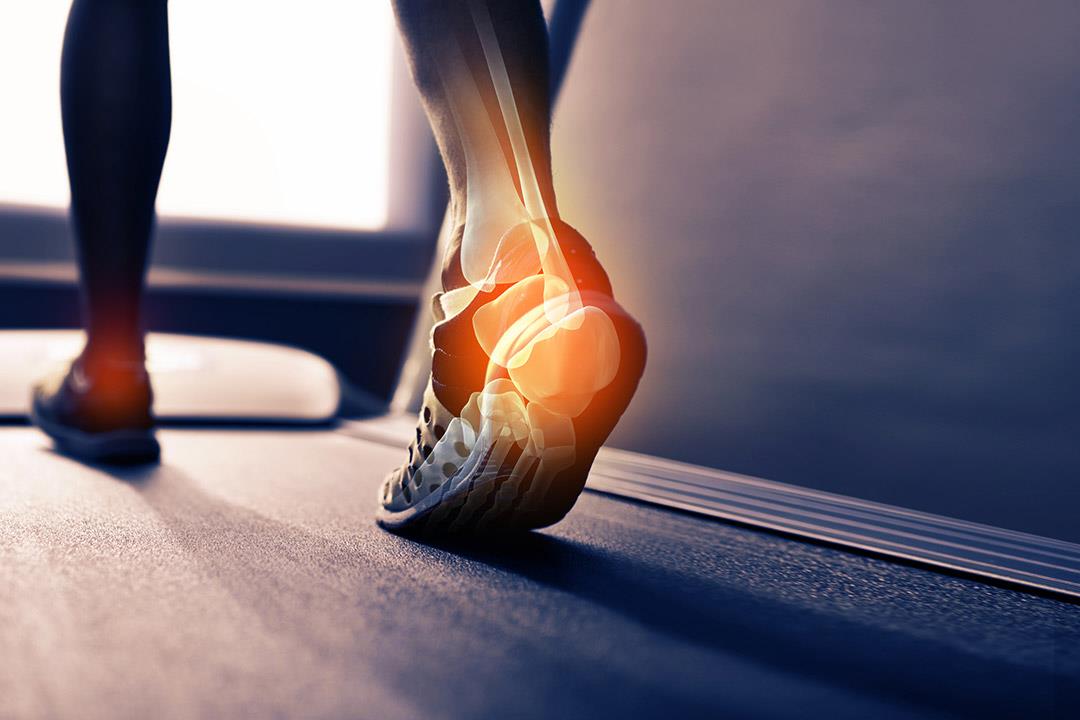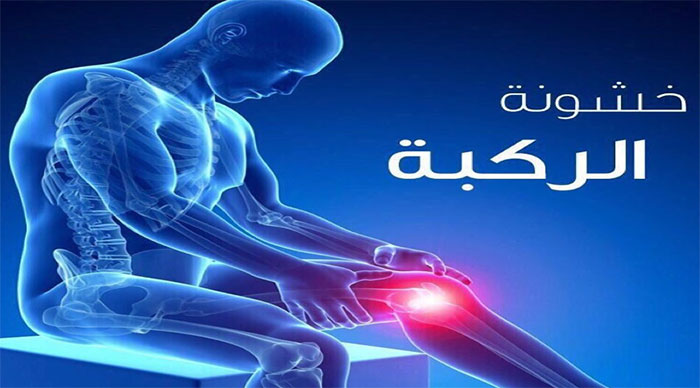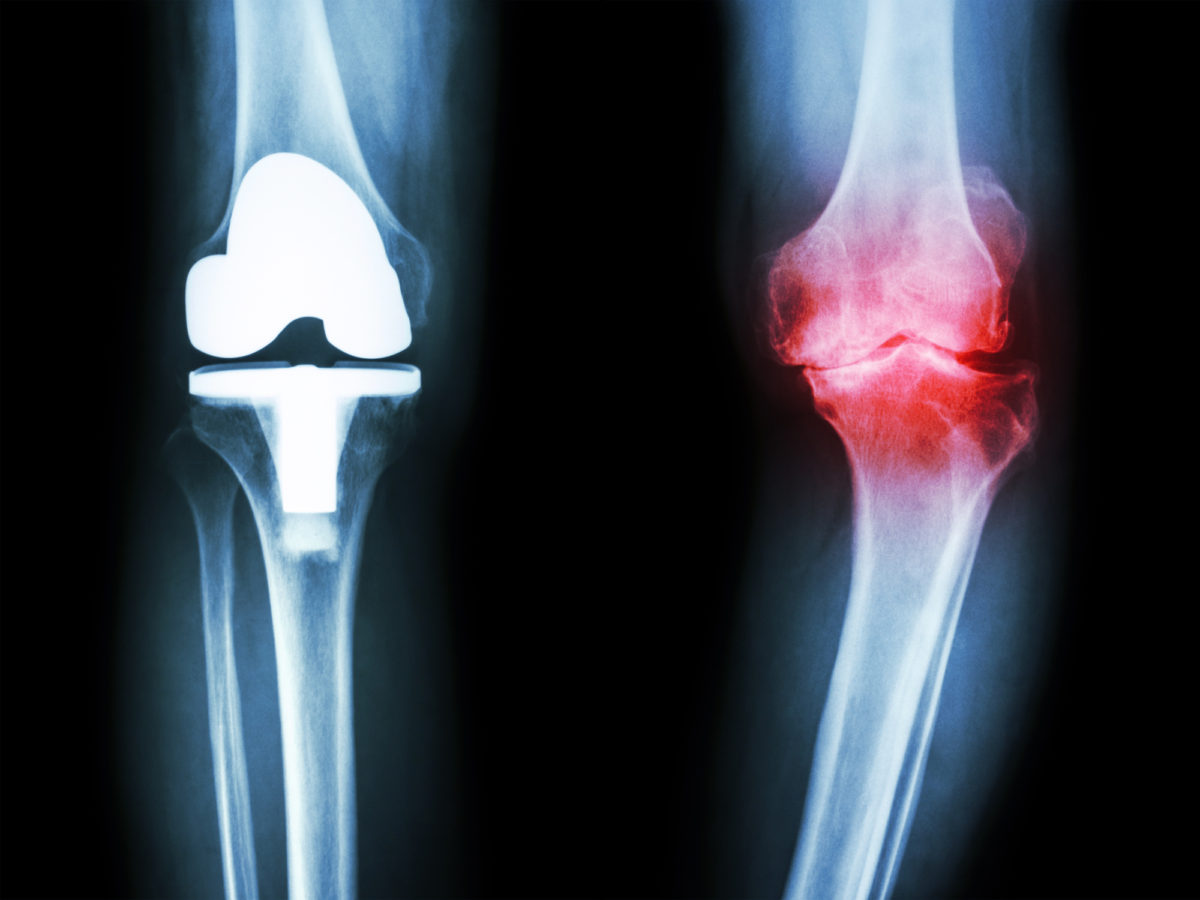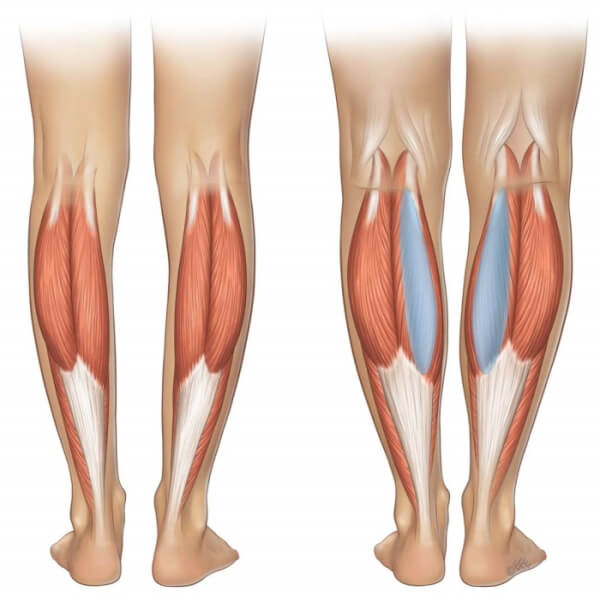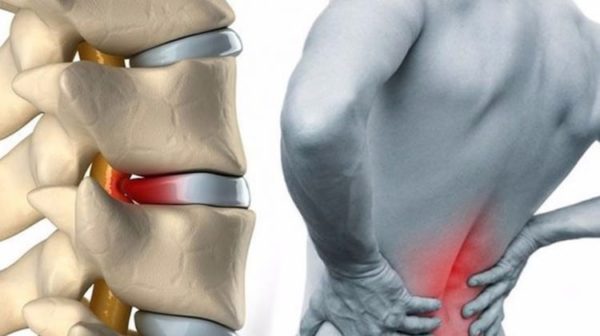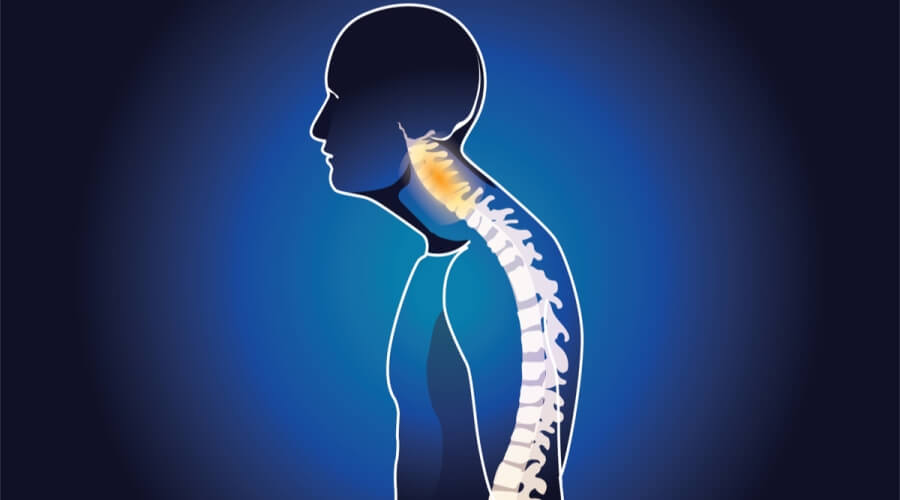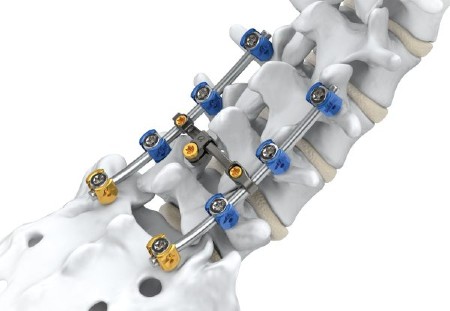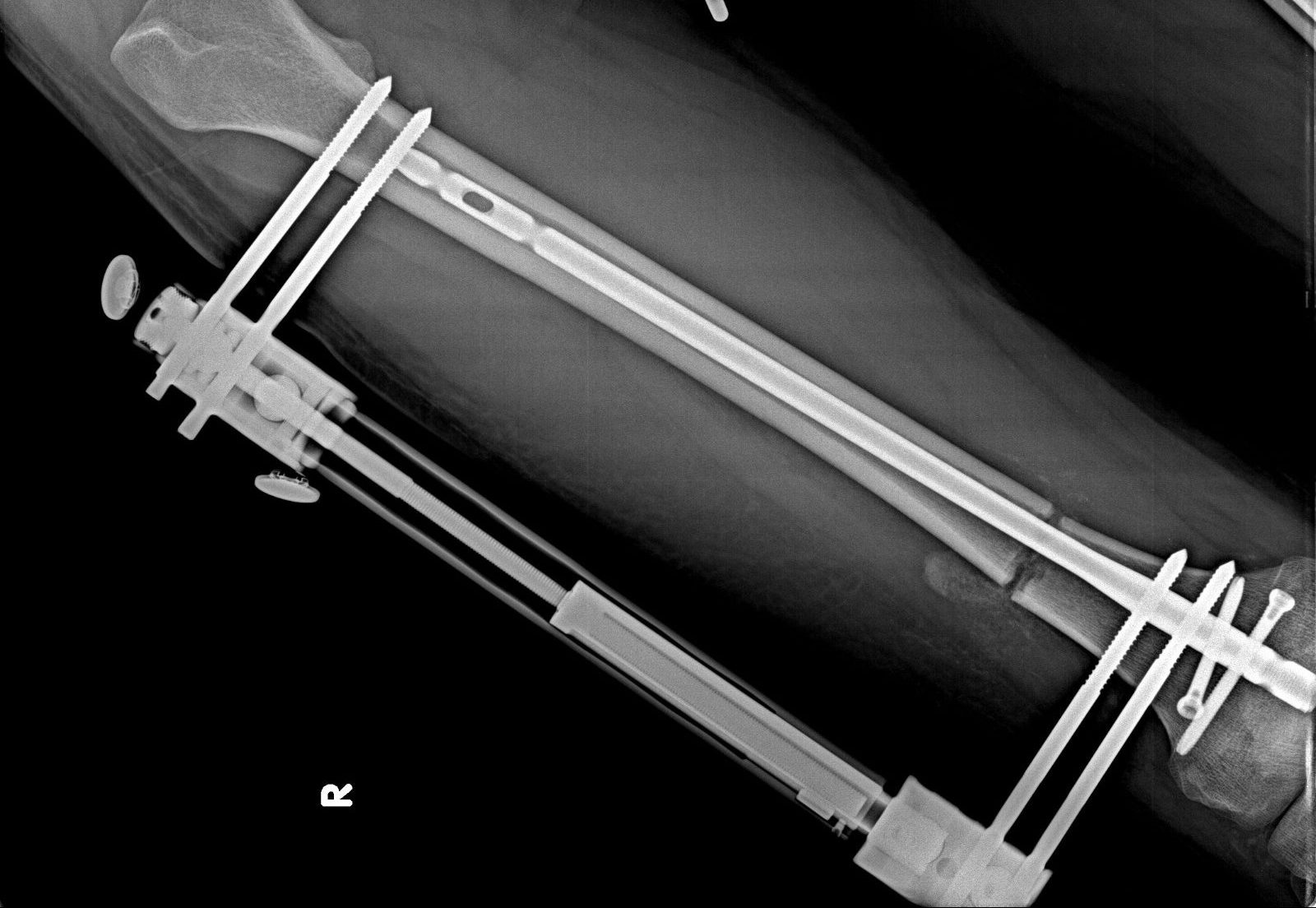The difference between bony and meaty flatfoot
In the following article, you will find full details of flatfoot infection in the foot and how to treat it.
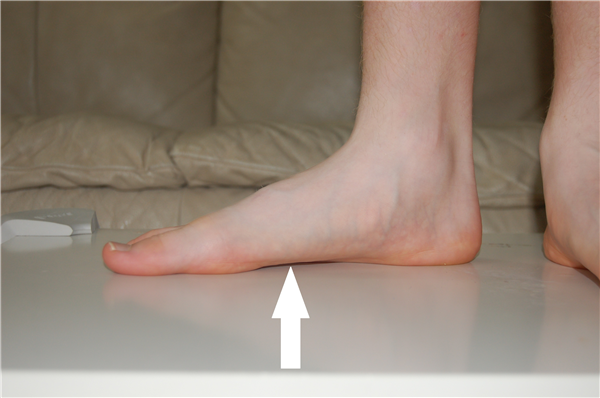
What is flatfoot?
Flatfoot is a pathological condition present in the foot, in which the arch of the foot is flat and does not show any curvature, especially when pressing or walking on the foot. Flatfoot often appears in children until they reach 6 years of age, that is, when the growth of this part of the body is completed, then it begins The arch in the soles of the foot.
Flatfoot or flat feet can cause pain and difficulty in walking because the pressure is great on the foot and thus the patient feels pain in it, especially after a period of walking on hard surfaces. It is important that the disease be detected early so that treatment methods can be more effective.
What are the types of flatfoot?
There is more than one type of flatfoot that a person may be exposed to, but the treatment methods are often similar, and the type of flatfoot can be identified as follows:
- Flexible flatfoot
A person can suffer from flexible flatfoot, which is the disappearance of the arch of the foot from walking or pressure on the foot, and it reappears in times of rest, and this disease often occurs in adolescents and children. - Acquired flatfoot
The presence of flatfoot in the foot is due to inflammation or rupture of the tendon inside the leg, thus changing the shape of the foot and causing severe pain in it. - Solid flat foot
This type of flat foot is considered one of the most obvious types because the arc of the foot in it disappears completely, whether when sitting or standing in general. - Flat foot in the ankle or lower foot
This type of flat foot in the ankle is considered one of the birth defects that affect children, which prevents the arch of the foot and the development of the ankle in the wrong position.
Treatment of plateau foot
The treatment of flatfoot in adults can be done through several steps as follows:
- Take some types of drugs that can help treat the inflammation that causes flatfoot.
- Doing some exercises that improve the condition of the injured person and reduce flatfoot and its symptoms.
- Get adequate rest and do not strain the foot until recovery.
- Make cold water compresses that reduce swelling in the foot and reduce inflammation.
- Use of supportive devices that help improve the condition of the injured person, including certain types of shoes.
Herbal flatfoot treatment
Herbal treatment is one of the methods of alternative medicine that is used as an aid in the treatment of many diseases, including flatfoot, but it must be noted that herbs help in treatment, but work must be done on taking appropriate medications for the disease.
There are certain types of herbs that can contribute to the treatment of inflammation that affects the foot with flatfoot, including the following:
- ginger.
- the Garlic.
- thyme.
- cinnamon.
The difference between bony and meaty flatfoot
There is more than one type of flat foot, which affects the movement of a person in general, and we explain the differences between the flat foot, bony and fleshy:
- Orthopedic flatfoot: It is one of the types of flatfoot, which is the solid type of flatfoot and appears when pressing on the foot or when sitting.
- Meaty flatfoot: This type of flatfoot appears when pressing on the foot or walking, but disappears when sitting or resting.
Is the flat missed a disability?
Mostly flatfoot does not lead to a disability, but it can result in foot pain or cause discomfort in walking, and indeed there is more than one type of treatment that works to improve the condition of the foot and the person’s return to walking normally again.
Does obesity cause flat feet?
There are a number of factors that can increase the risk of developing flatfoot and causing pain in the foot, and thus he is more likely to develop flatfoot in his foot. One of the main factors for injury is obesity because it affects the foot and increases the strength of the load placed on it.
Does flatfoot cause back pain?
Discovering flatfoot early and starting treatment is one of the reasons that reduce the risk of complications that occur in the back vertebrae as a result of the imbalance in the distribution of loads on the body, and thus the patient begins to feel back pain and difficulty in moving the leg.

